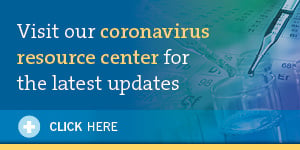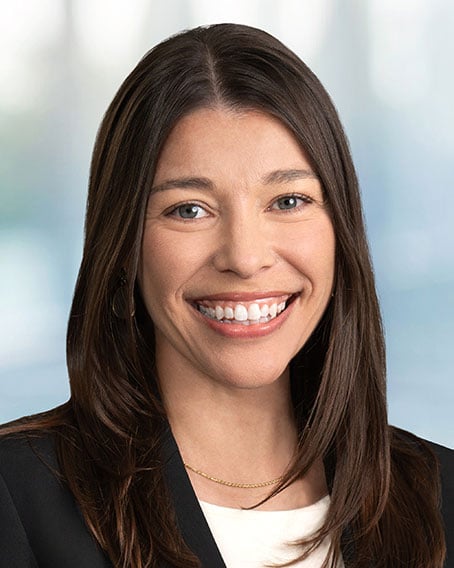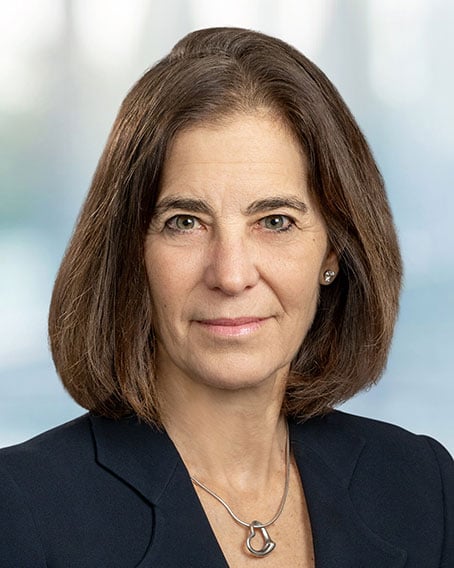On April 22, 2020, the Department of Health & Human Services (HHS) provided additional guidance on the distribution of the remaining $70 billion of the Public Health and Social Services Emergency Fund (Emergency Fund). HHS explained its plans for the remaining $20 billion of the “general allocation” and for distributions to specific high-need areas and challenged providers, including providers serving a disproportionate share of low-income patients (DSH hospitals) and rural providers. HHS also provided guidance on reimbursement for uncompensated care for COVID-19 patients.
$50 Billion “General Allocation” to Medicare Providers—2018 Net Patient Revenue Data
The guidance calls for $50 billion of the Emergency Fund, including $30 billion already distributed earlier this month, to be based on 2018 net patient revenue rather than 2019 Medicare fee-for-service payments. Beginning April 10th, HHS distributed the initial $30 billion of funding to Medicare Part A- and B-enrolled individuals and entities (Recipients) in proportion to their 2019 Medicare fee-for-service (FFS) payments. Beginning April 24, 2020, HHS will distribute the remaining $20 billion to providers such that the distribution of the whole $50 billion will be proportional to Recipients’ share of 2018 net patient revenue. HHS will send additional pieces of the $20 billion on a weekly basis as it validates patient revenue information. This new allocation means an increased share of funds for providers with payor mixes comprised of only a small share of traditional Medicare fee-for-service.
Providers with adequate cost report data on file will automatically receive advance payments beginning April 24th, but must still submit their revenue information for verification by HHS. Those without sufficient data must submit revenue information through a portal that is expected to be posted the week of April 20th in order to receive their funding. As with the initial $30 billion, each Recipient must sign an attestation and agree to the Terms and Conditions of the funding within 30 days of receipt of funds.
The Terms and Conditions remain largely the same, which we have summarized in a prior alert and guidelines. One exception, however, is that HHS revised the balance billing provisions of the Terms and Conditions to provide that Recipients are only prohibited from balance billing for care delivered to patients with presumptive or actual cases of COVID-19 rather than for “possible” cases, which is the term that HHS initially used and broadly defined to include every patient as a possible case of COVID-19. This revision applies to the entire $50 billion allocation. HHS also highlighted that its Office of Inspector General (OIG) will be engaging in “significant anti-fraud and auditing work” to ensure that these funds were used for health care-related expenses or lost revenue attributable to the coronavirus. This underscores the importance for providers of confirming their compliance with this program’s terms.
Targeted Funds for “High-Impact” Areas and Providers
HHS has allocated $10 billion to hospitals in areas that have been particularly hard hit by the pandemic. HHS specifically noted that New York hospitals would receive a large share. Eligible hospitals should have already been contacted by HHS and must provide the following information by midnight PT, April 23, 2020:
- Tax Identification Number
- National Provider Identifier
- Total number Intensive Care Unit beds as of April 10, 2020
- Total number of admissions with a positive diagnosis for COVID-19 from January 1-April 10, 2020
Hospitals supplying this information are not guaranteed funding. HHS also will consider the challenges faced by hospitals serving a large volume of low-income patients, as reflected in their Medicare DSH adjustments, in targeting distribution of funds to those hospitals most affected by the pandemic.
Reimbursement of Uninsured Care
Every health care provider that has tested or treated uninsured COVID-19 patients on or after February 4, 2020, can request reimbursement through the PHSSEF. The reimbursement for such COVID-19 testing or testing-related visits or treatment for uninsured patients with a COVID-19 diagnosis will be at Medicare rates. To receive this reimbursement, a provider must enroll as a participant in the program, check patient eligibility and benefits, submit patient information, submit claims, and receive payment via direct deposit. Providers can begin registering for the program on April 27, 2020. Registration for training begins on April 29, 2020.
In order to participate in the program and receive reimbursement, providers must attest to the following:
- The provider checked for health care eligibility and confirmed that the patient is uninsured and no payor will reimburse the provider for the COVID-19 testing and/or care for that patient;
- The provider will accept the defined program reimbursement as payment in full;
- The provider will not balance bill the patient; and
- The provider agrees to the program’s “terms and conditions,” and understands that it may be subject to post-payment review. HHS has not clarified if this program will have additional terms beyond the ones already posted, and, if so, if such terms and conditions will be similar to the terms and conditions for the “general allocation” discussed above.
Providers can begin submitting claims electronically on May 6, 2020, and will begin receiving reimbursement by direct deposit in mid-May, “subject to available funding.” Thus, depending on how much HHS allocates to this group, reimbursement may be provided on a first-come, first-served basis. The Health Resources & Services Administration (HRSA) provides additional details on covered claims, the submission process, and reimbursement on its web page for the program. HRSA anticipates updating the web page substantially beginning April 27, 2020.
Additional Allocations
HHS has allocated $10 billion for rural health clinics and hospitals, to be distributed proportionately as early as the week of April 27th, and has allocated $400 million to Indian Health Service facilities based on operating expenses. Finally, HHS stated that additional allocations of funds will be made to certain providers, “including skilled nursing facilities, dentists, and providers that solely take Medicaid.”
The distributions outlined above do not take into account the proposed additional $75 billion that could be appropriated to the Emergency Fund under the Paycheck Protection Program and Health Care Enhancement Act passed by the Senate on April 21st.
--
Please visit the Ropes & Gray Coronavirus Resource Center for more information and updates regarding COVID-19 provider funding relief.
Authors
Stay Up To Date with Ropes & Gray
Ropes & Gray attorneys provide timely analysis on legal developments, court decisions and changes in legislation and regulations.
Stay in the loop with all things Ropes & Gray, and find out more about our people, culture, initiatives and everything that’s happening.
We regularly notify our clients and contacts of significant legal developments, news, webinars and teleconferences that affect their industries.




